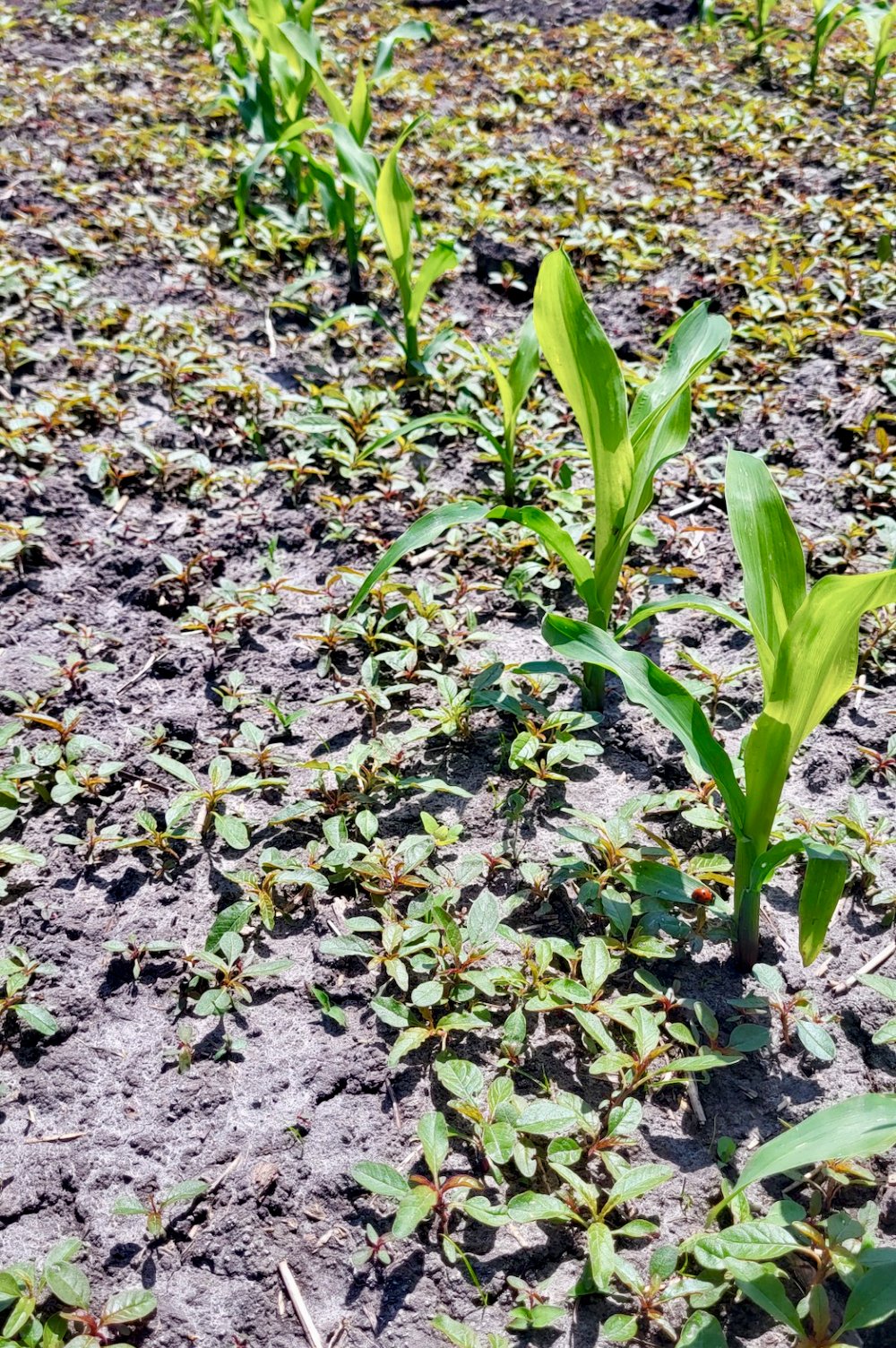Gene-edited products will arrive quickly

A rush to market has begun for gene-edited crops, as countries and regions position themselves to take part in potential profits and improvements in crop performance.
Read Also


Crop Report: The good, the bad and the difficult
Crop growth and conditions continue to be variable across the province. While crops look good in areas that were able…
Why it matters: Gene editing allows plant breeders to make changes to plants more quickly and more precisely than through conventional plant breeding methods.
A map at the recent World Seed Congress in Rotterdam, Netherlands, showed most major crop-producing regions now have rules for gene editing. That includes Canada, which recently announced rules that allow the practice without the regulatory burden faced by genetically modified crops characterized by inserting genes from other species.
Gene editing involves switching on or switching off genes that are already found in the plant.
Krista Thomas, vice-president of trade policy and seed innovation with the Canadian Grains Council, said it is a good result for agriculture.
“I think Canada’s regulatory approach for gene editing is the best in the world because it’s pragmatic and it’s science-based and it maintains a product-based approach,” she said at the World Seed Congress, where she was a panellist in a session on the state of gene editing regulations around the world.
Most gene-edited crops will be treated like conventional crops, except if the change increases toxicity.
There haven’t been many announcements about new gene-edited crops, but public and private companies are working on the technique. Regulatory pathways in major growing areas around the world are expected to soon move many crops to market.
Agriculture and Agri-Food Canada recently announced that researcher John Laurie is growing wheat at the Lethbridge Research and Development Centre with genes edited to resist drought.
There are signs that a lot of innovations will come from new companies, such as Pairwise in the United States. Pairwise is a six-year-old North Carolina company that employs 120 people. Many in its leadership are former employees of Monsanto. Pairwise was the first to have a gene-edited produce crop go to market in the United States, with its mustard greens in 2023. The edited crop is less harsh in taste.
“We took something that is highly nutritious and made it more attractive to eat,” says Dan Jenkins, vice-president of regulatory and government affairs for Pairwise. “The idea is, if we can improve fruits and vegetables, then people will eat more of them.”
Pairwise has worked on 16 crops so far. It is also working on higher-yielding corn, achieving about a 10 per cent increase after only two years of development, says Jenkins.
More established companies are also looking at gene editing, including KWS Group, a 160-year-old seed company based in Germany.
“We see potential in the new genomic techniques in all of our crops,” says Claudia Hallebach, general counsel and head of global IP with KWS Group. She said the company is working to identify genes and sequences where editing can be applied.
“We see a lot of potential to support sustainable agriculture, but mainly in corn, sugar beets, cereals, sunflower and then traits like fungal resistance or pest resistance, virus resistance.”
In Canada, Thomas says crops that didn’t benefit from the earlier phase of genetic modification, like flax and pulses, could be improved by gene editing.
Not all companies are moving quickly on gene editing, but genomic analysis is used by most. At the Rijk Zwaan seed research facility south of Rotterdam, the company is not yet commercializing any gene-edited varieties of vegetables. It is especially known for lettuce and greens.
“It’s interesting that you can use (genomics) also to find certain traits and to know, where is the trait? How does it work? And then with classic breeding come towards the varieties that we’re currently selling. So that’s our strategy,” says Bauke van Leteren, business development specialist for convenience and leafies at Rijk Zwaan.
Global approach
All major crop producing regions in the world have provisions for gene-edited crops to be treated like conventionally bred versions.
In Africa, there’s a concerted effort to develop laboratory and human capacity to work on gene editing. Eight countries in the African Union have regulations that allow it.
Olalekan Akimbo, technical lead, genome editing program with the African Union Development Agency (AUDA), says the program is focused on improving crops important to Africa. The introduction of transgenic crops was bumpy because of suspicions about the safety of genetically modified crops, pushback from dictators and the fact that the main genetically modified crops, corn and soybeans, were most important to farmers elsewhere in the world.
The goal with gene editing is for Africans to have some control over the process and benefit from crop improvements.
AUDA has partnered with the University of California, Davis, a leader in the use of CRISPR technology, to build capacity in Africa. Akimbo says three crops with gene edits are close to release in Africa: corn, teff and sorghum.
The European Union has two categories for gene-edited crop regulation. The first is for minor changes that don’t significantly alter the crop. The second is for significant genetic or expression changes or a food safety risk.
Seed companies and breeders in the European Union expressed concern at the World Seed Congress about the lack of definition around the two categories.
Klaus Berendt, director for food safety, sustainability and innovation at the European Commission, said via video to the World Seed Congress that about 90 per cent of gene-edited crops are expected to be in the lower regulation category.
However, he said that “ultimately, we actually think that the particularly ones that are of interest for coping with sustainability challenges such as climate change, drought resistance, being able to sustain water with higher salinity content, we would actually expect them to be more in category two.”
Source: Farmtario.com

